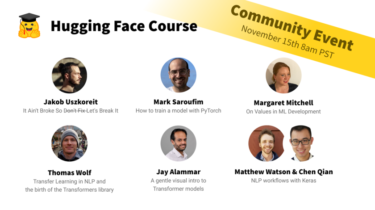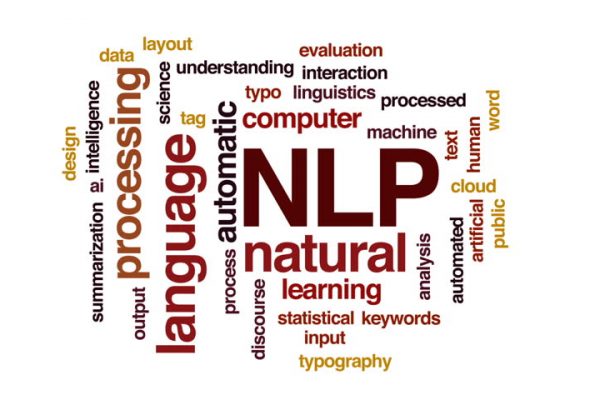Benchmarking LF-MMI, CTC and RNN-T Criteria for Streaming ASR
January 9, 2022 By: Xiaohui Zhang, Frank Zhang, Chunxi Liu, Kjell Schubert, Julian Chan, Pradyot Prakash, Jun Liu, Ching-Feng Yeh, Fuchun Peng, Yatharth Saraf, Geoffrey Zweig Abstract In this work, to measure the accuracy and efficiency for a latency-controlled streaming automatic speech recognition (ASR) application, we perform comprehensive evaluations on three popular training criteria: LF-MMI, CTC and RNN-T. In transcribing social media videos of 7 languages with training data 3K – 14K hours, we conduct large-scale controlled experimentation across each […]
Read more

